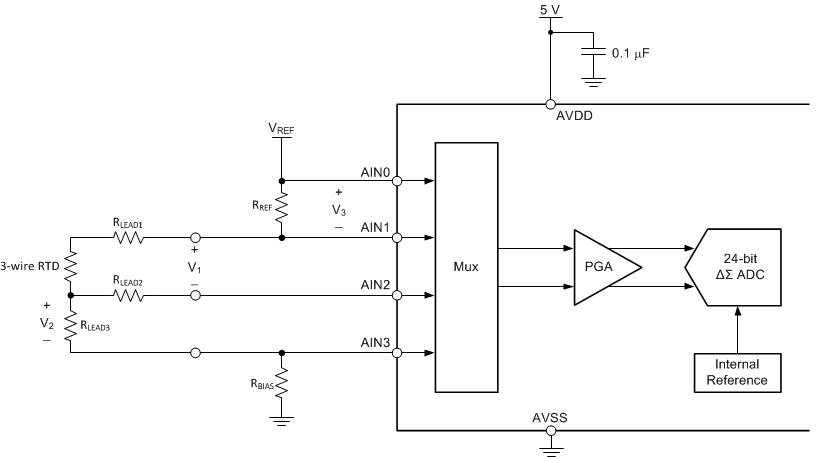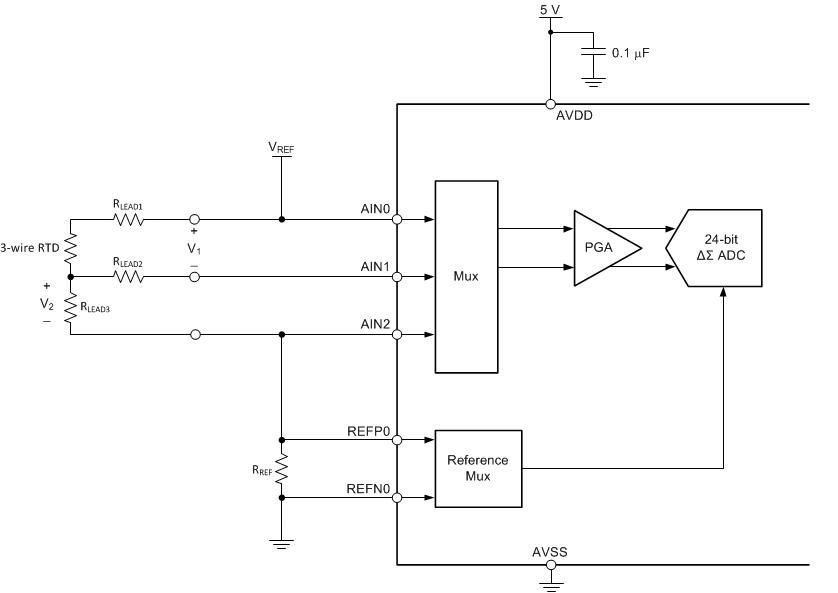Hello,
I am looking for 3 wire RTD reference circuit with ratio metric configuration. I want to use 2.048V Vref voltage instead of current excitation method. PT1000 is planned to be used in the design. Range of temperature -80°C to ambient 25°C.
Kindly support on this design.
Regards,
JG




